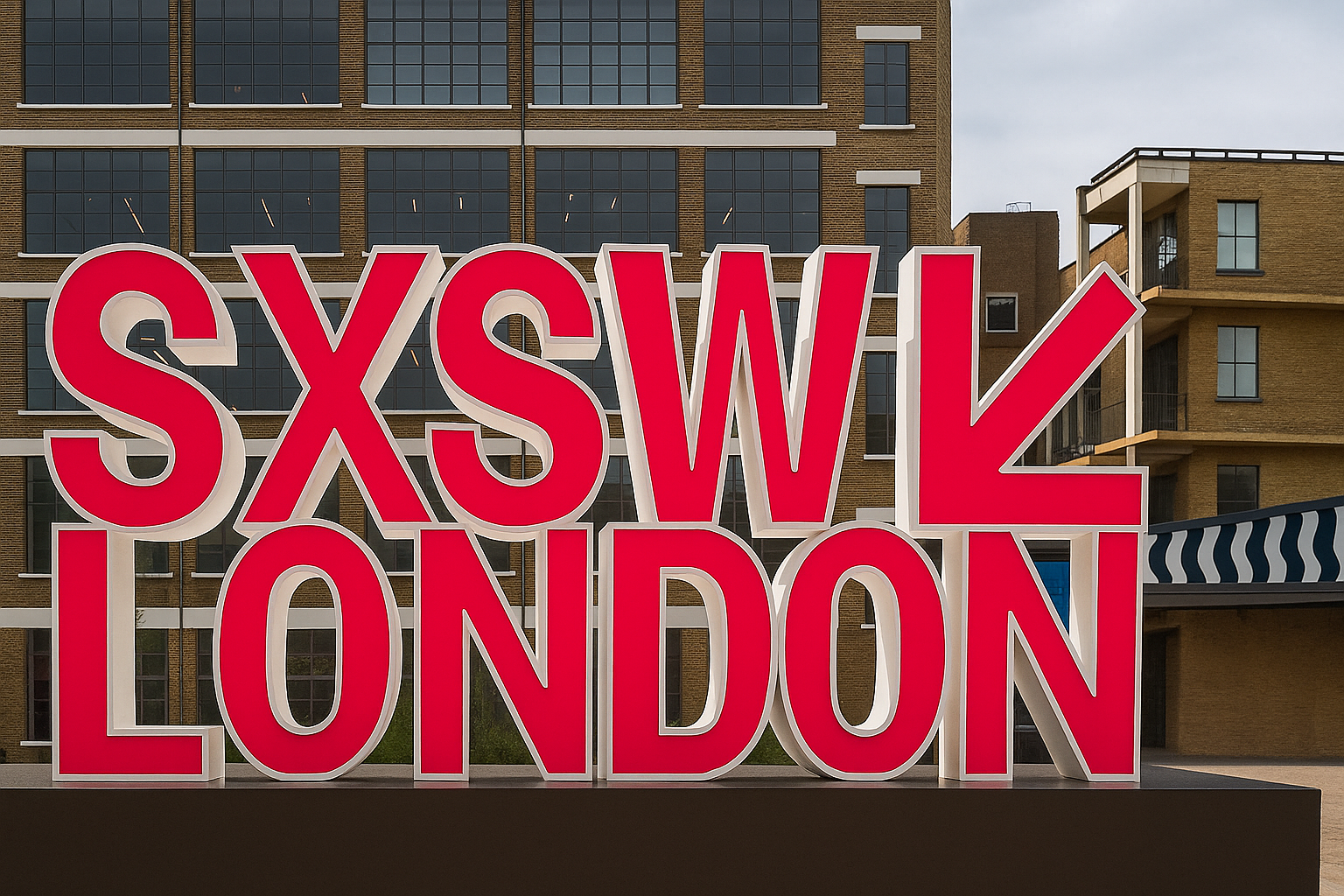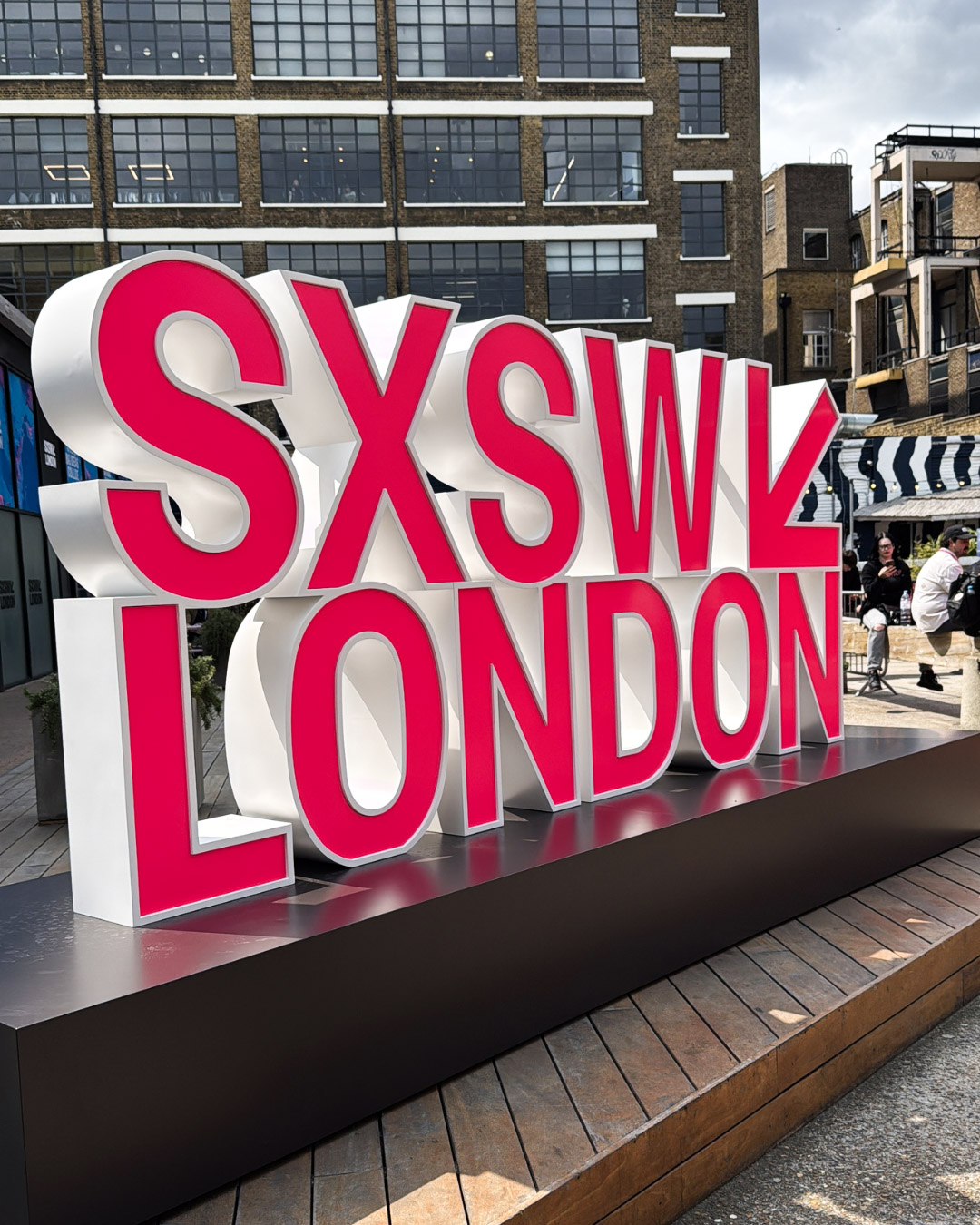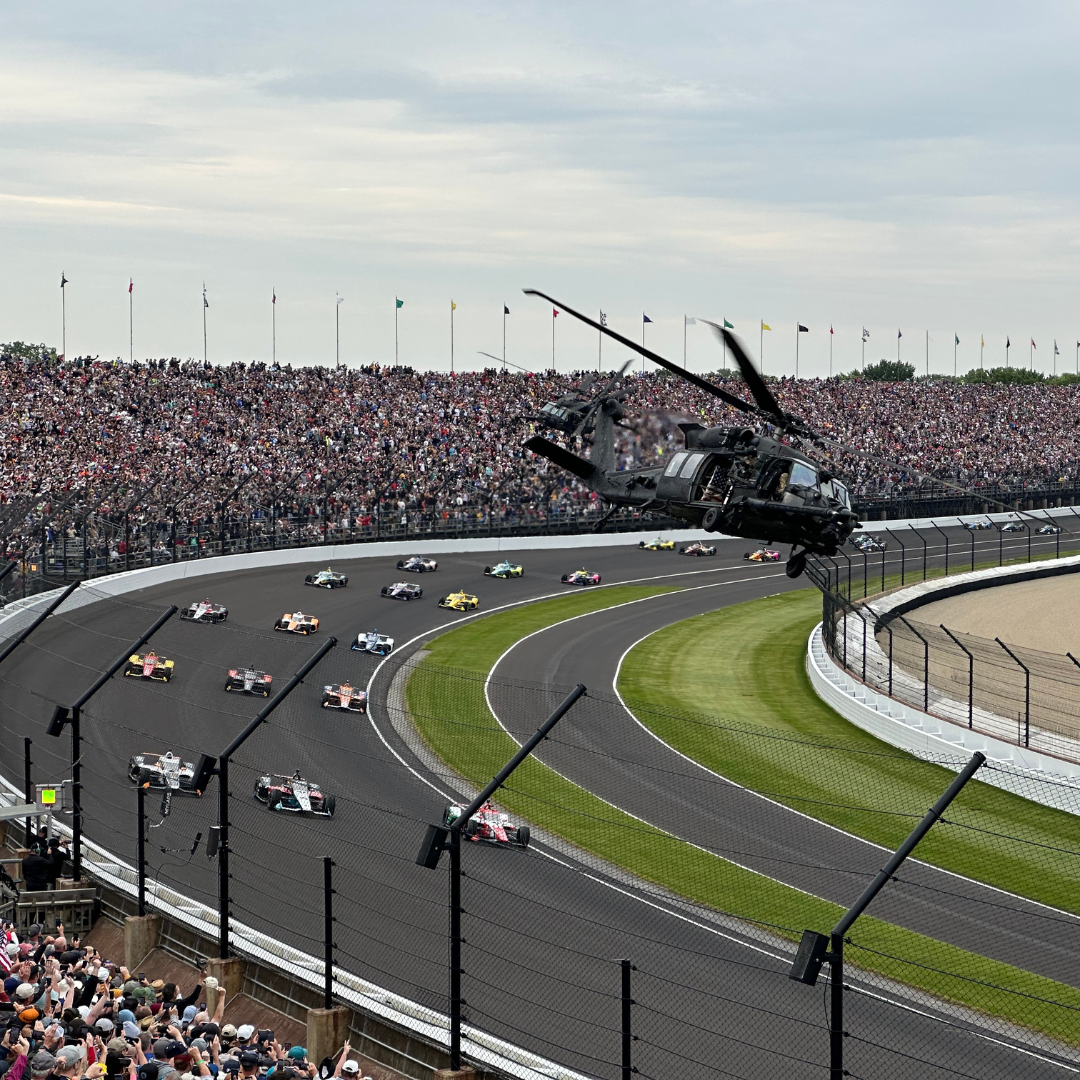

What we learnt about F1 from SXSW: a shift from spectacle to story
Spending three days at the 2025 edition of SXSW made one thing very clear. F1 wasn’t just there to talk tech, speed and stats. It showed us something deeper: a sport that’s re-writing its own identity.
For decades, F1 was an exclusive, petrol-fuelled pursuit watched on a lazy Sunday afternoon. But what came through loud and clear at SXSW is that F1 is no longer just doing the same old laps – it’s racing to reinvent itself as a brand with soul, scale and community.
From broadcast to belonging
We learned that F1 now sees itself not just as a sport but as a lifestyle, increasingly centred around community and inclusivity.
This evolution is evident in the way F1 is increasingly finding itself at the intersection of fashion and sport – a point explored during SXSW by Lou McEwan in a session with REISS and McLaren. As collaborations with fashion brands continue to grow, F1’s paddock is fast becoming a cultural runway, broadening the sport’s appeal and embedding it further into mainstream lifestyle conversations.
The impact of this shows in the numbers. The sport now boasts 1.6 billion cumulative viewers and, even more impressively, the fastest growing under-35 audience of any sport. In fact, this audience demographic makes up 42% of the overall fanbase.
There’s been a similar uptick in female fans as well, catalysed by the increase in female representation both on the track, through F1 Academy, but also in the team garages. This is something teams are actively looking to improve. Speaking at SXSW, Atlassian Williams Racing’s Team Principal, James Vowles discussed the team’s STEM programmes, set up to educate young girls about the career opportunities in F1 and to create a pathway from school to the track or garage.
The impact of this increased representation is already clear to see: a 5.7% rise in female F1 fans, meaning that women now make up 41% of the sport’s total fans.
As the fanbase grows, though, so does the challenge of bringing them all together and keeping them close to the action. And this is where F1, and its sponsors, are really starting to excel.
With the reality that only 1% of F1 fans will ever go to a race, F1 has started to bring the 99% closer to the action in new ways, anchored in community. Social media and behind-the-scenes shows, like Drive to Survive, play a key role in this. But team-based watch parties were given a particular spotlight at SXSW. Increasingly, F1 and its teams have been creating spaces around the world where F1 fans can watch races together, fostering community away from the racetracks.
Sponsor brands, meanwhile, are getting increasingly creative to tap into the cultural zeitgeist that is F1. And what better example of this than the F1 x LEGO partnership which, as you can imagine, was a hot topic at SXSW.
Why F1 x LEGO worked (and what we can learn)
There was a lot of excitement when LEGO announced its partnership with F1 in 2024. Immediately, a range of F1-inspired LEGO products was promised, sending fans into a fervour. But the question of how LEGO would bring this to life in a bigger and bolder way remained.
This question was answered emphatically at the 2025 Miami Grand Prix, as all 20 F1 drivers were placed in fully driveable Lego cars for the drivers’ parade. And no brick was left unturned, with even the logos built from LEGO bricks!
With over 12 billion in earned media reach and the most engaged TikTok and Instagram partner content in F1 history, there’s no denying this was more than a marketing gimmick – it was a genuine cultural moment.
Brands partnering with F1 will understandably want to replicate LEGO’s magic moment. But the power of that activation wasn’t just the spectacle, it was the strategic and emotional fit.
Just like the cars themselves, this was a carefully constructed operation that took shape over years, rather than weeks. And the strategy started even before pen was put to paper on the partnership.
As Julia Goldin, the LEGO Group’s Global Chief Product & Marketing Officer, revealed at SXSW, the partnership between LEGO and F1 was only possible because both brands were engaging an audience the other brand wanted to reach. For F1, the goal was to engage a younger, more casual fanbase, which LEGO has been doing successfully for years. Meanwhile, LEGO’s ambition was to become known as more of an all-ages brand, rather than built for kids.
This early strategic work made the challenge clear: to create a moment that engages both audiences would require a creative idea that simultaneously connects the two brands but is also authentic to the respective brands.
Creating a moment like that is neither quick nor easy. The cumulative 22,000 hours and 4 million LEGO bricks it required to bring this idea to life is testament to that.
So, brands looking to create a LEGO moment of their own must first be willing to do the groundwork first. As LEGO showed, though, the pay off can be huge.
A parting thought: F1’s Journey is bigger than speed
What we saw at SXSW is that F1’s transformation is as much about emotion as it is about engineering. Whether it’s driveable LEGO cars, a film made in one take (which apparently many of the imminent F1 movie drive scenes are), or a Netflix episode that makes you cry over tyre strategy – it’s all about inviting people in.
F1 is showing us that even in the most high-tech, high-stakes environments, storytelling still wins. And for any brand on the grid? That’s the real lesson: be bold, be true and always build for belonging.



